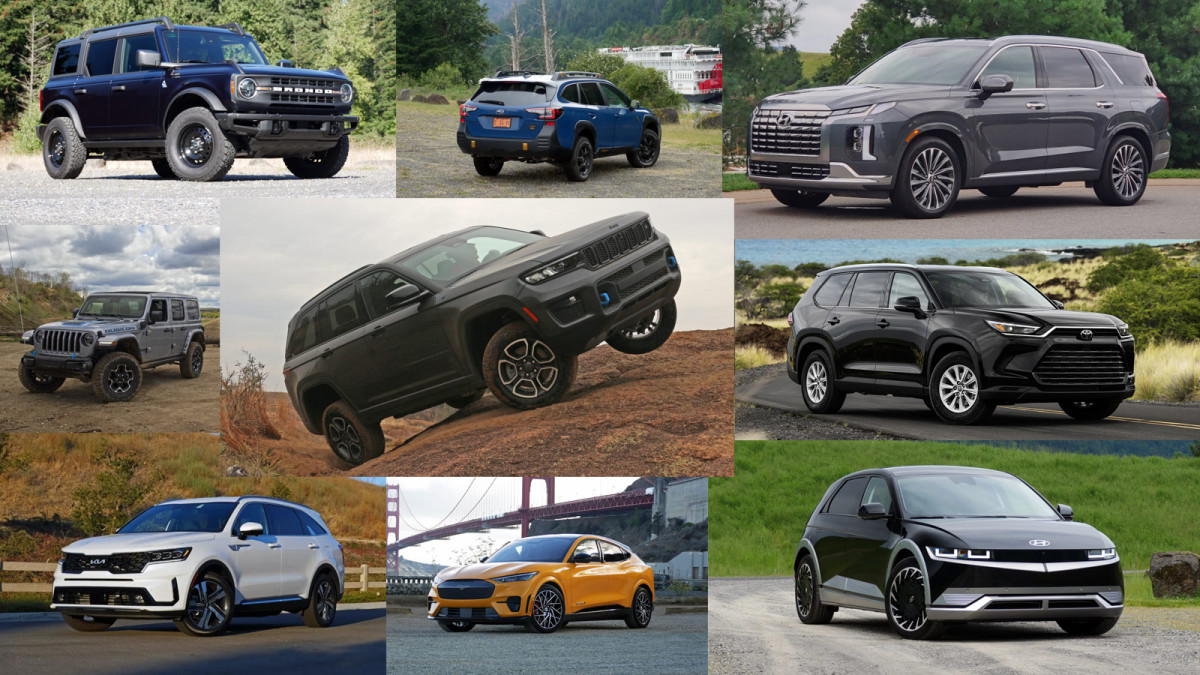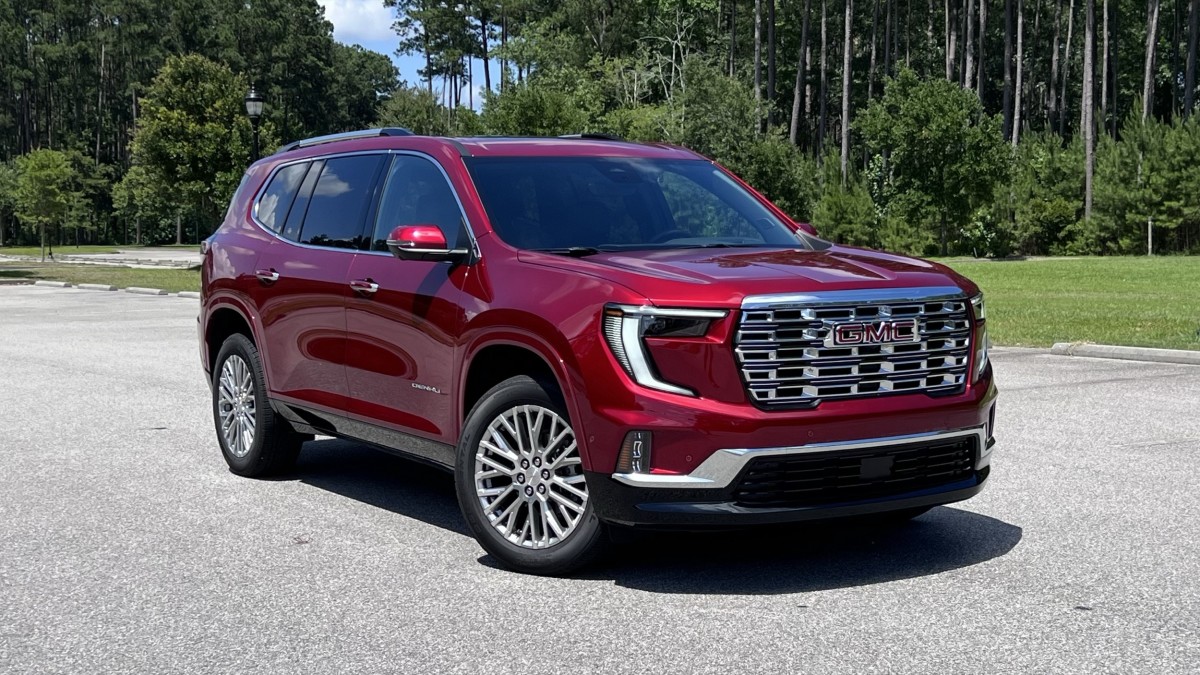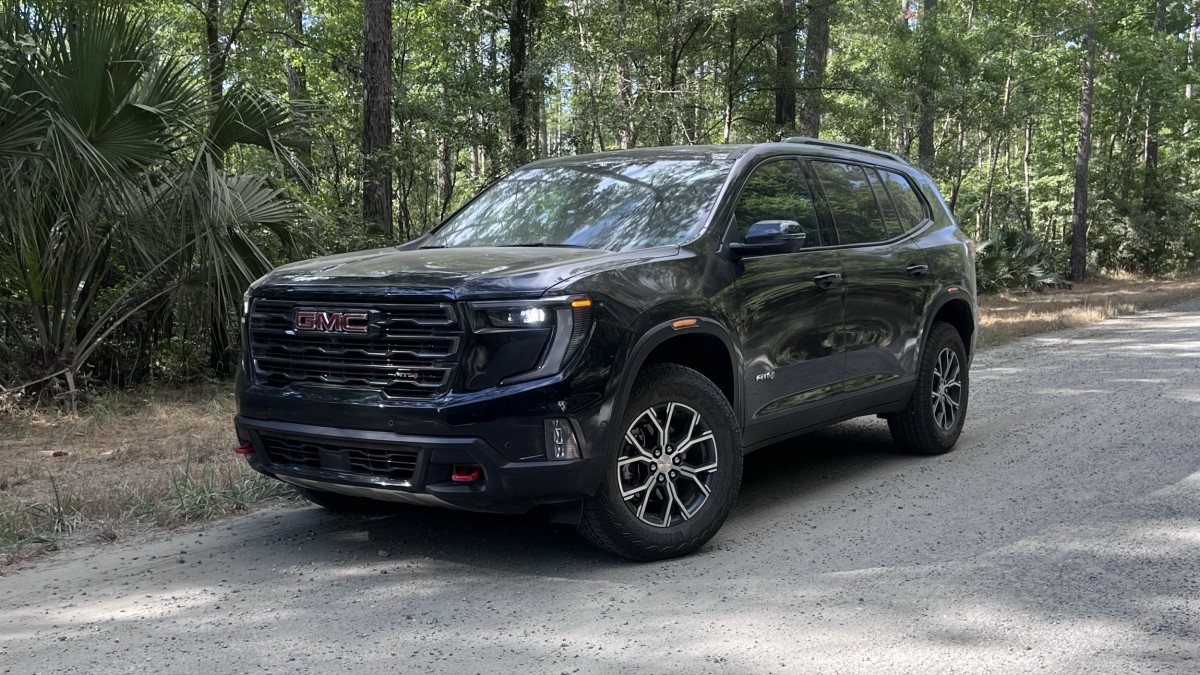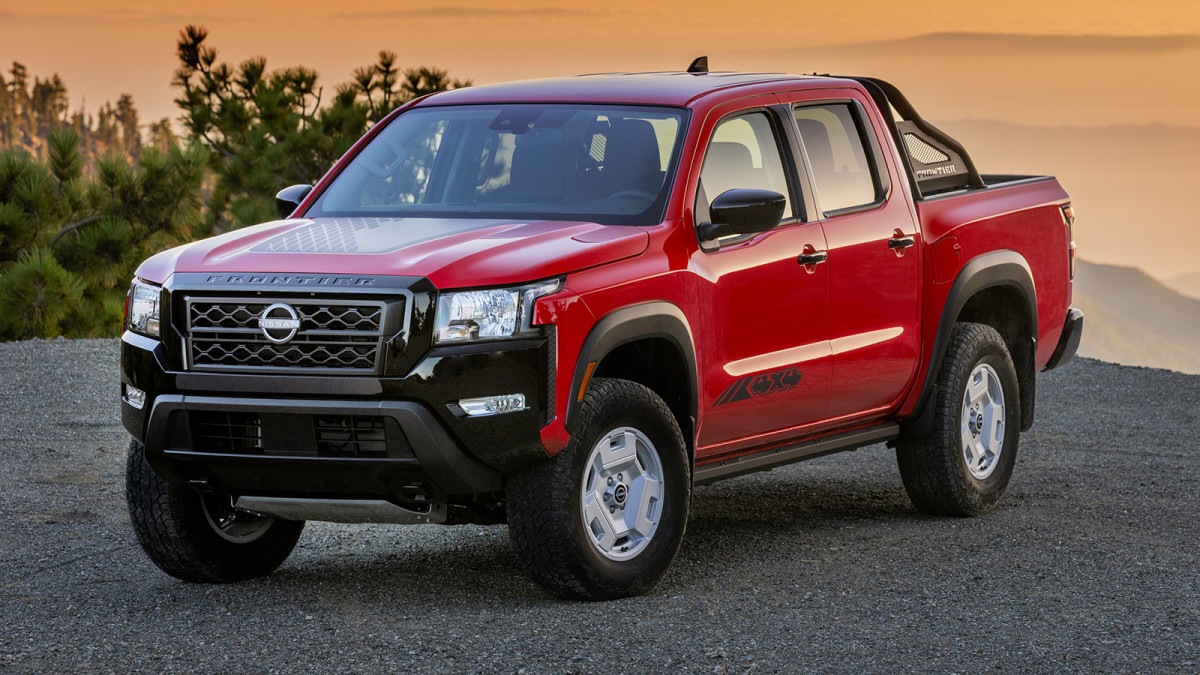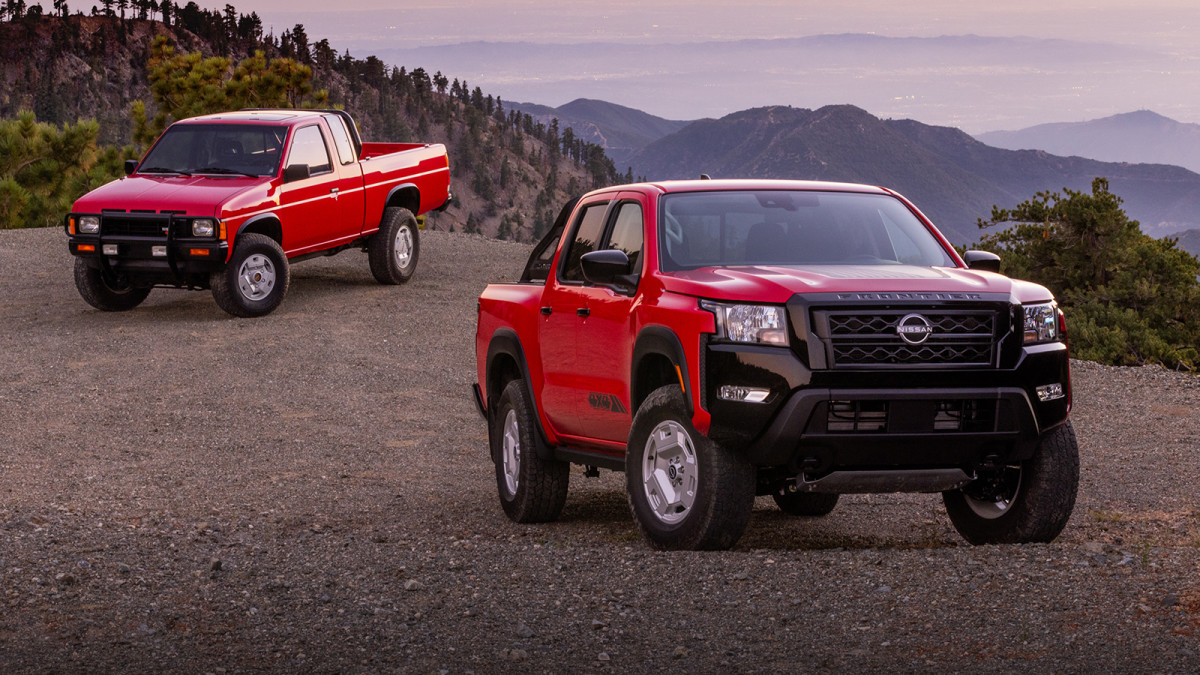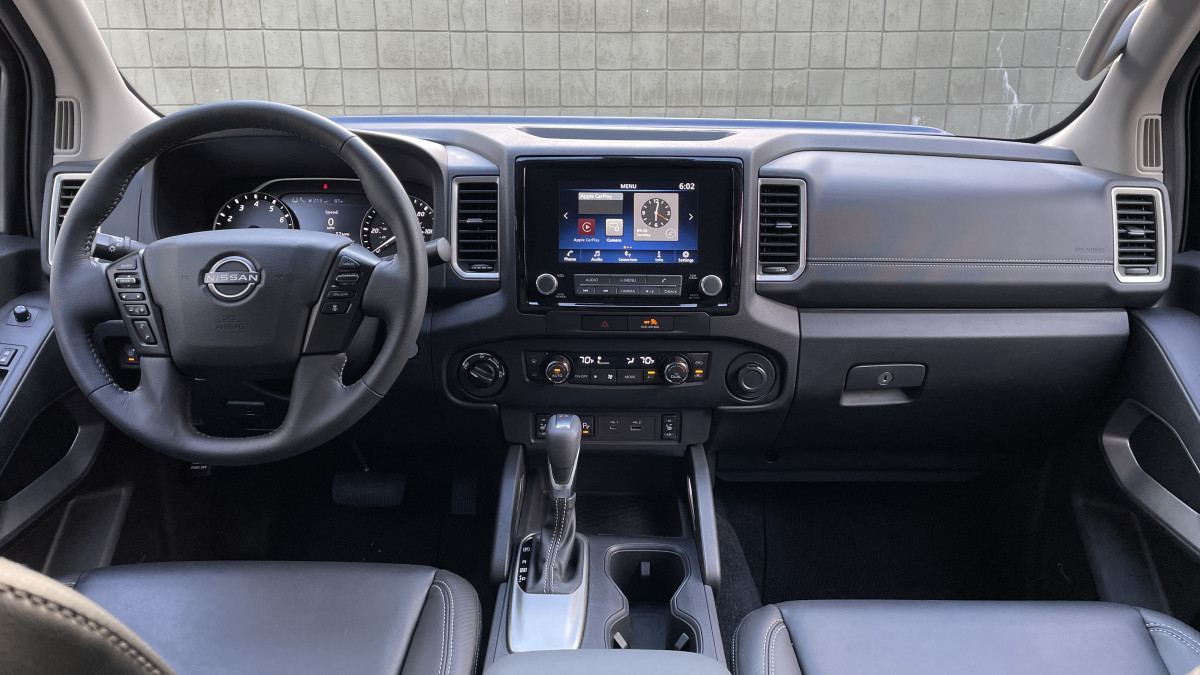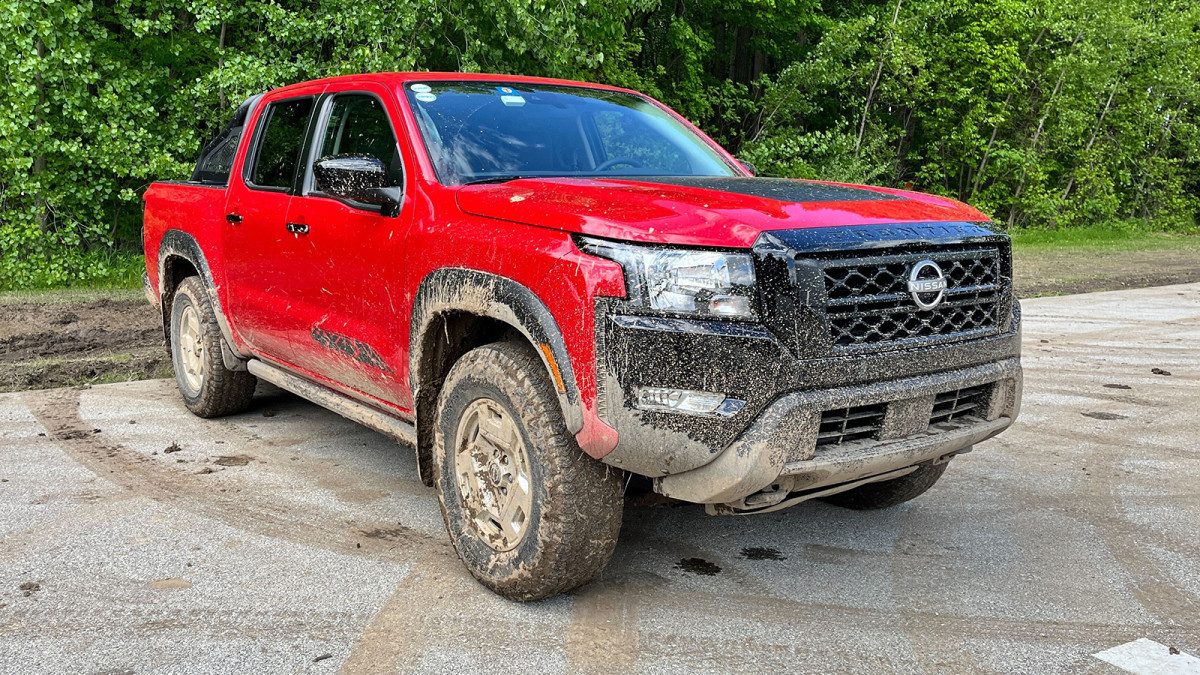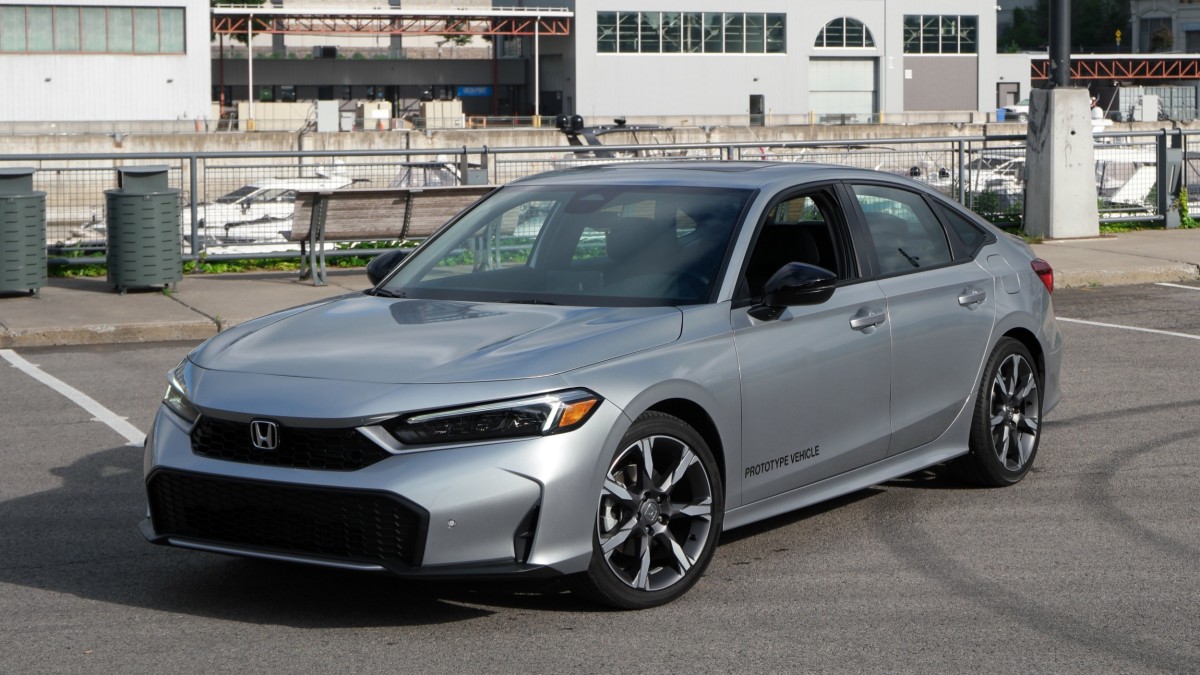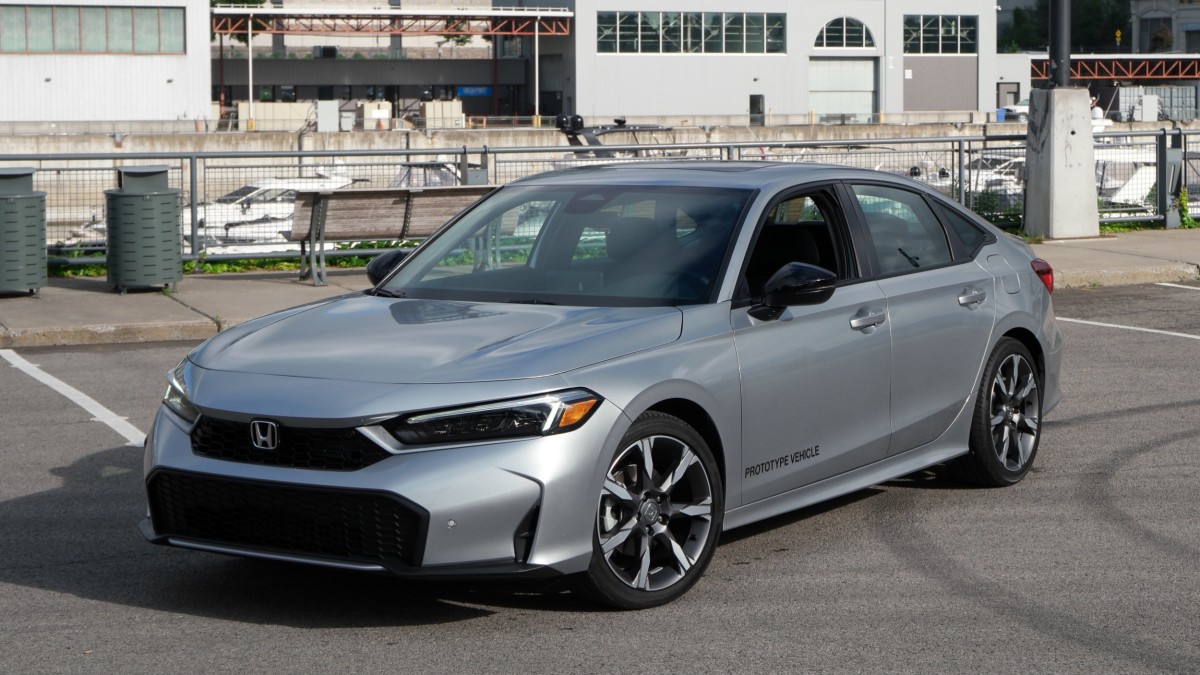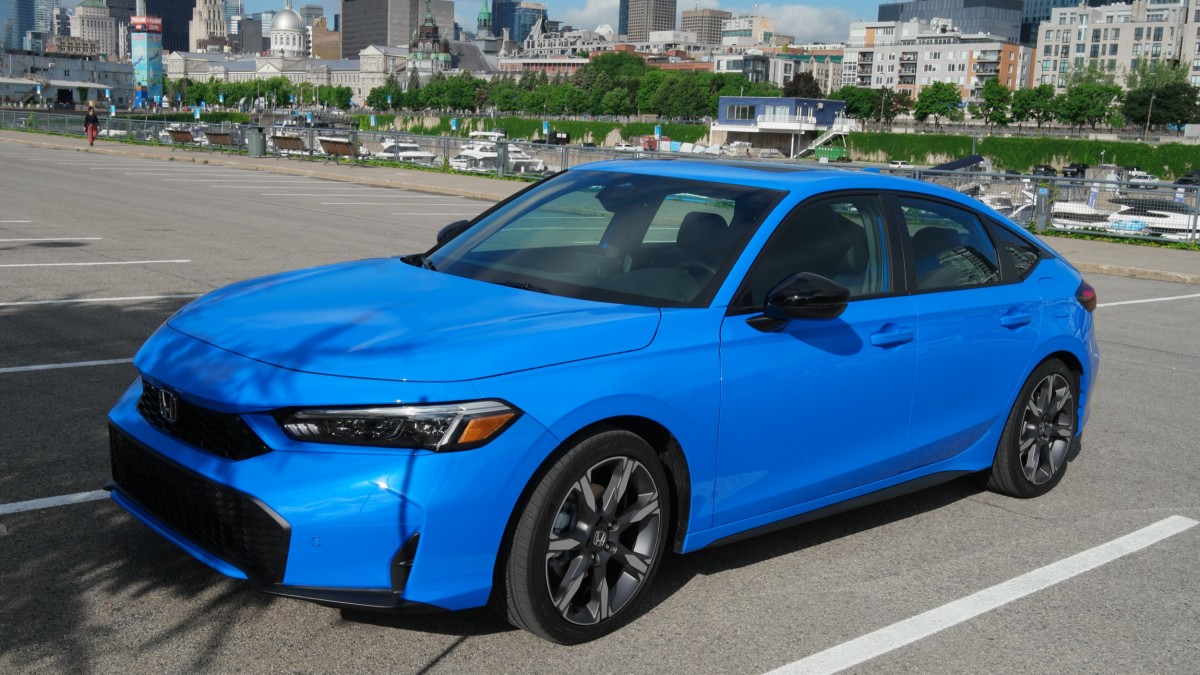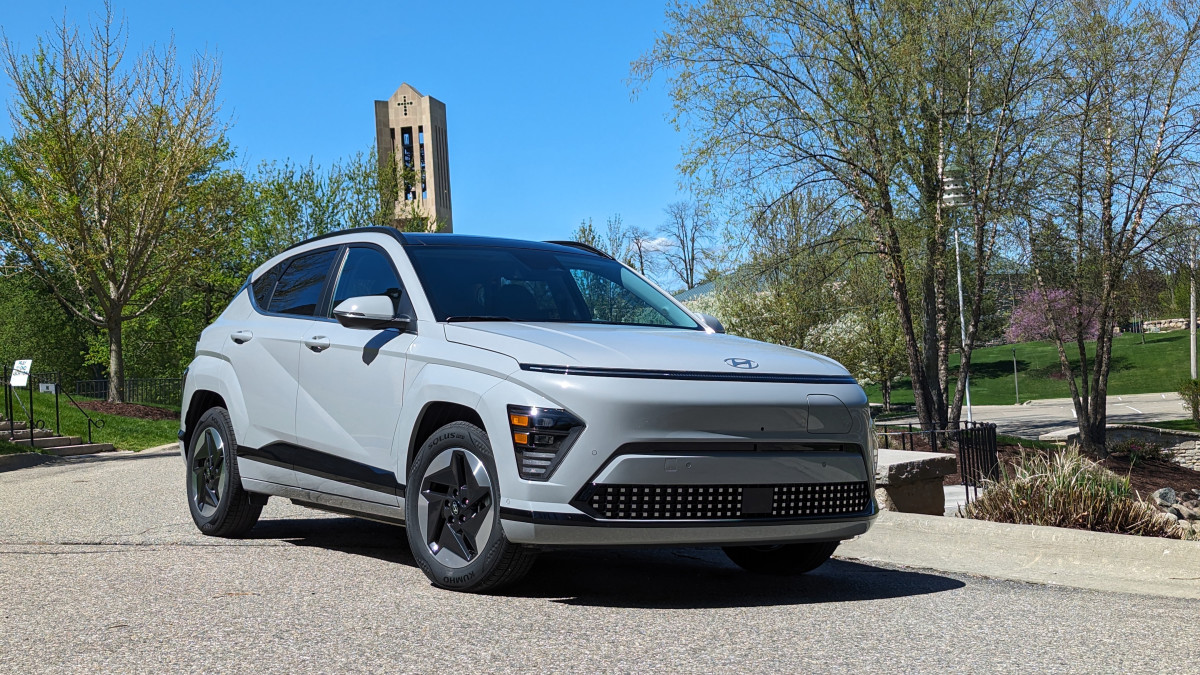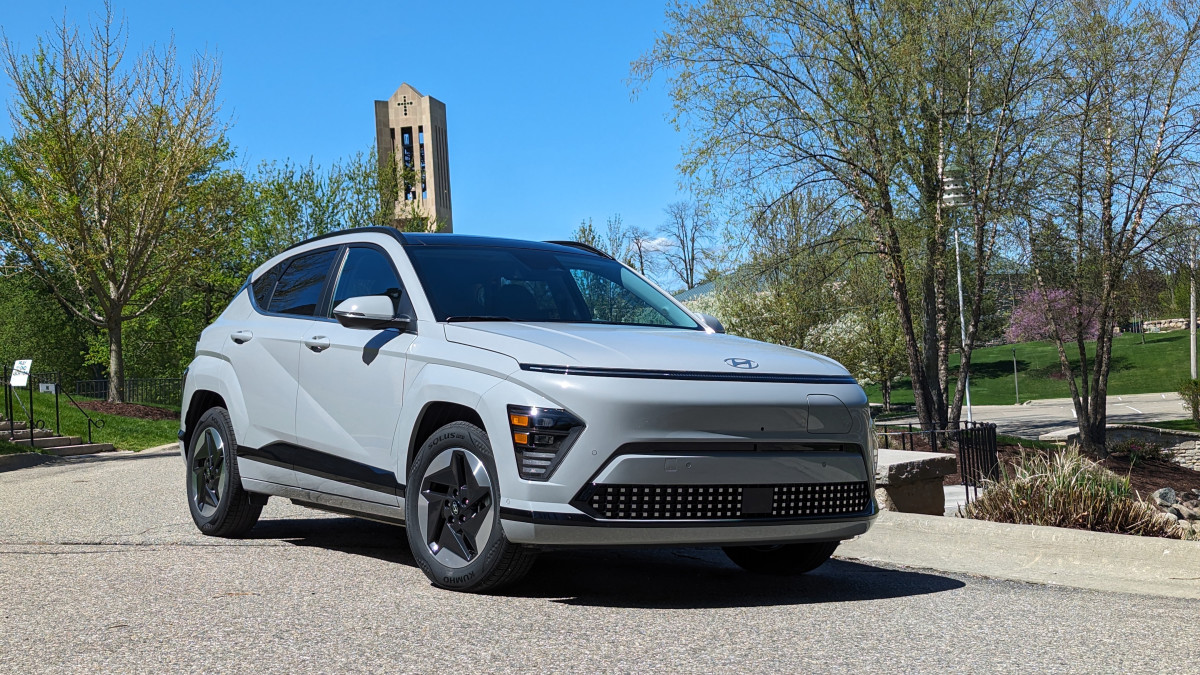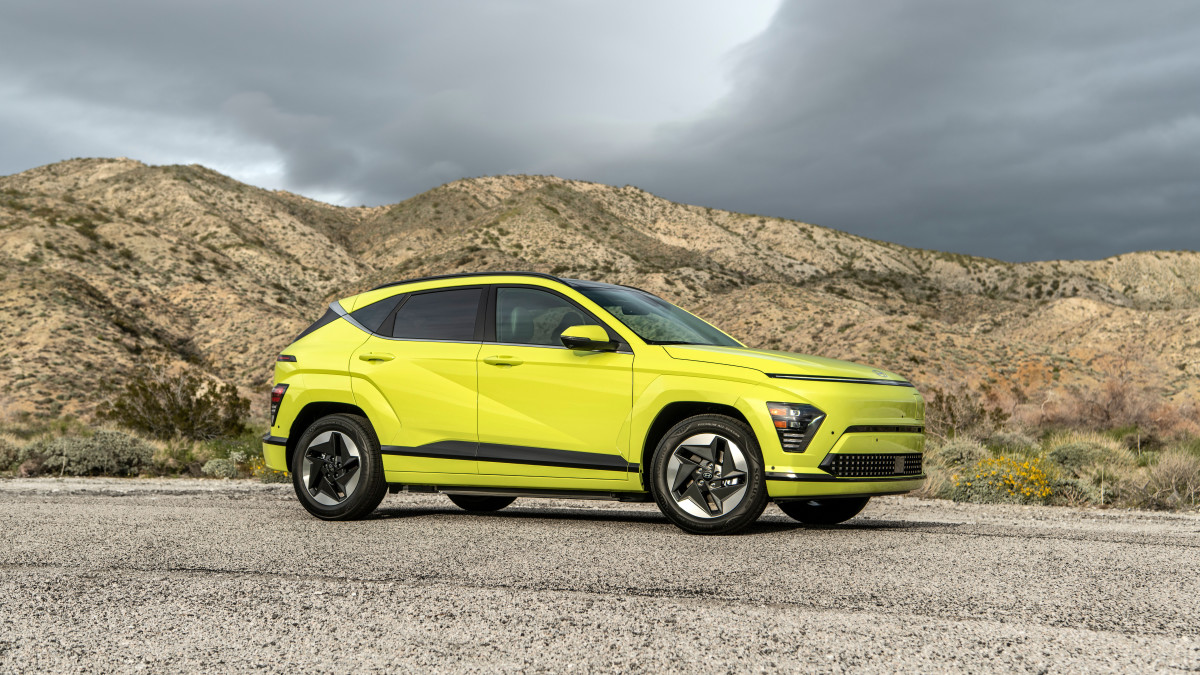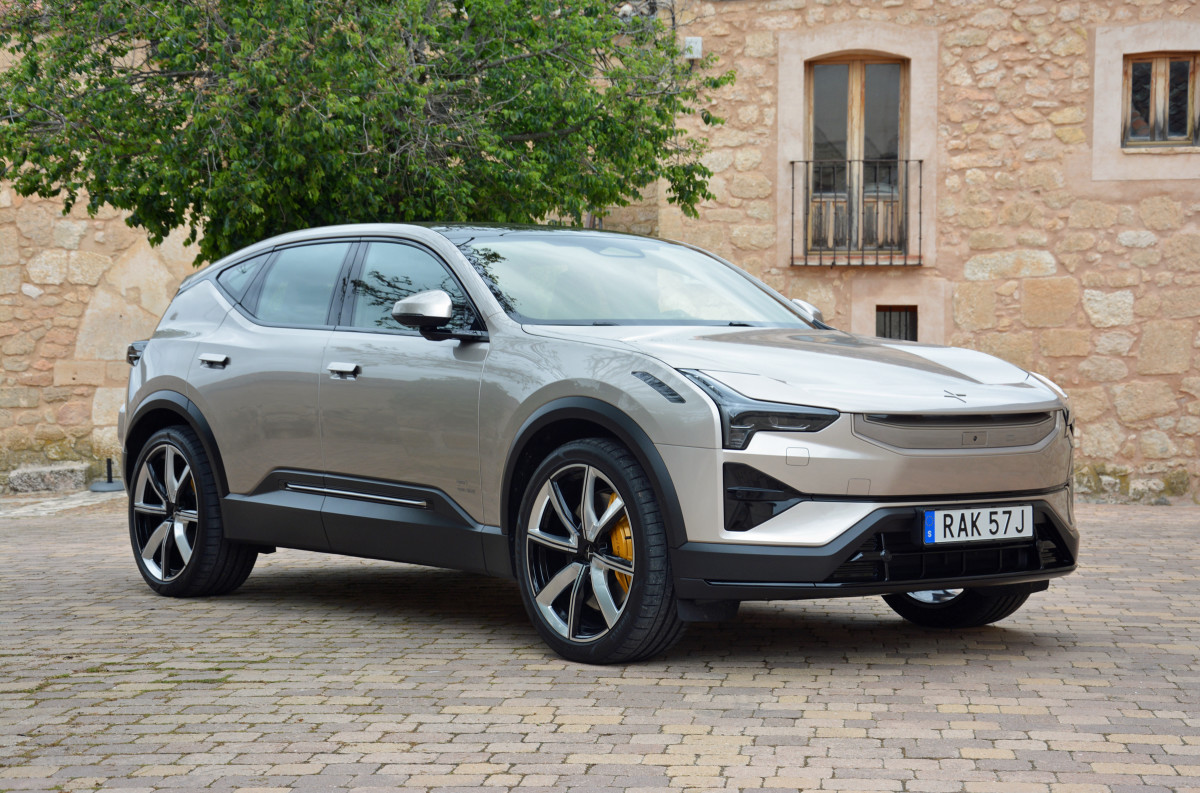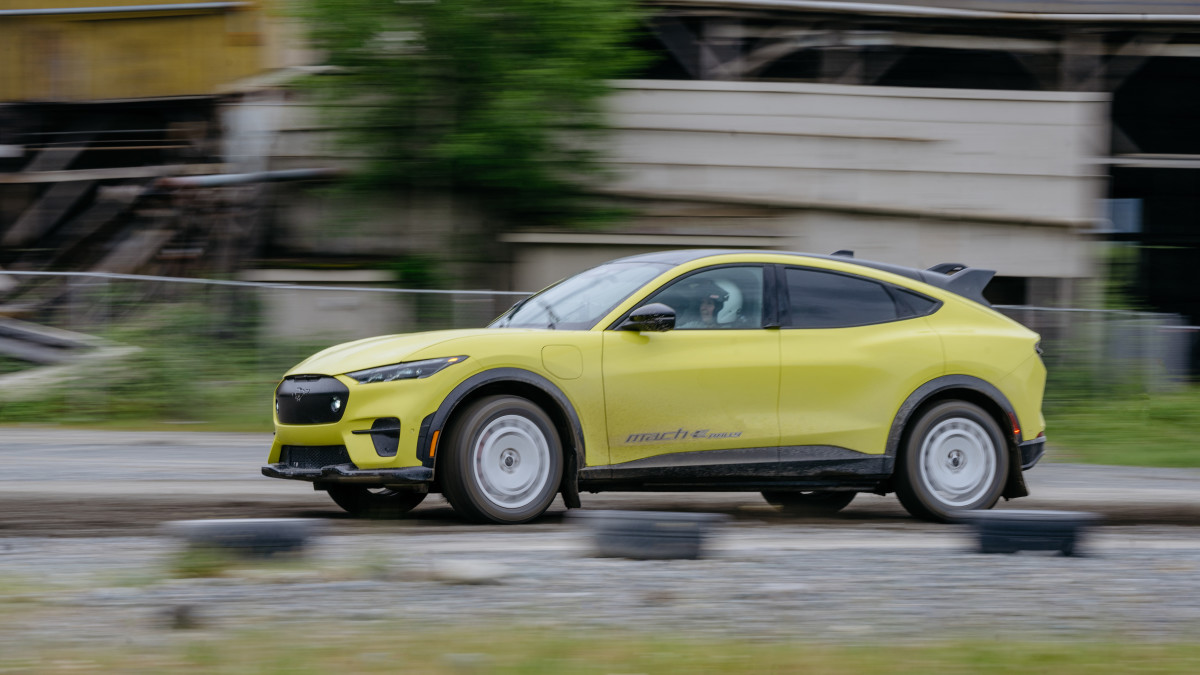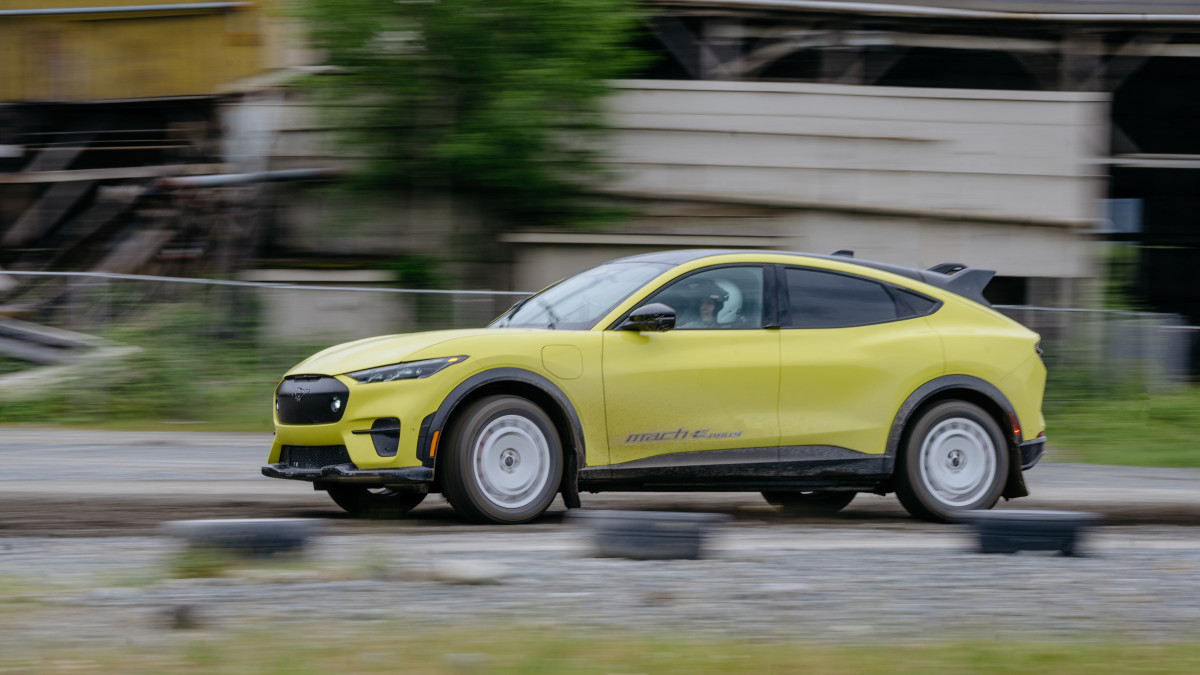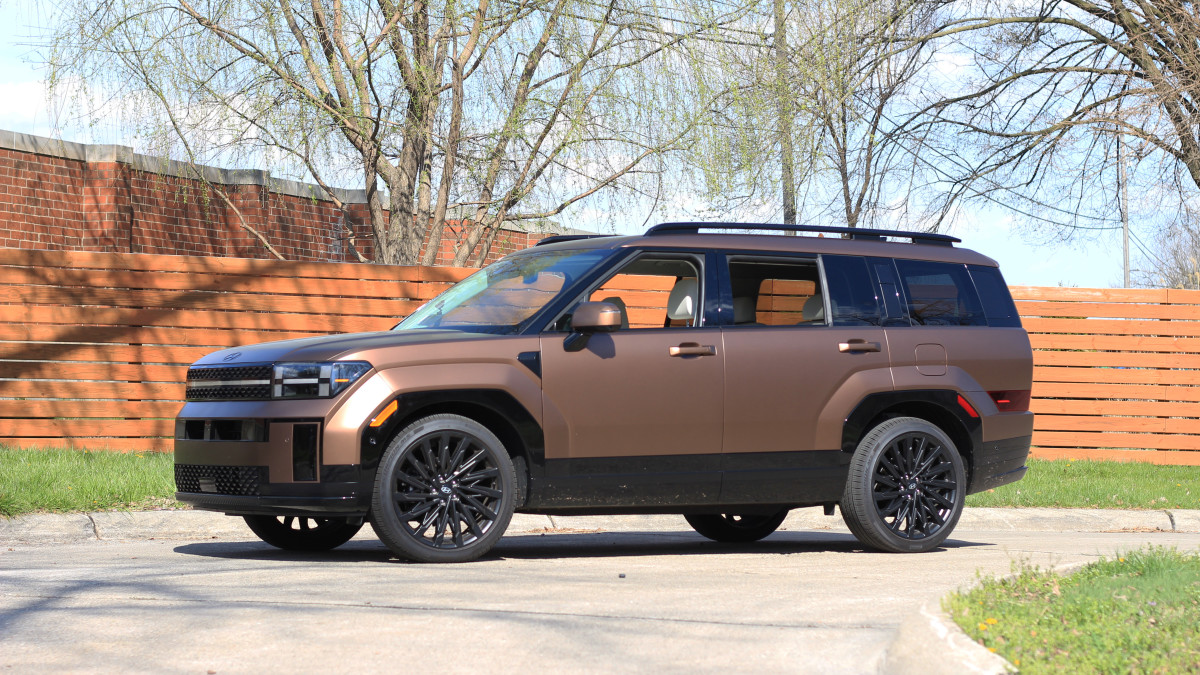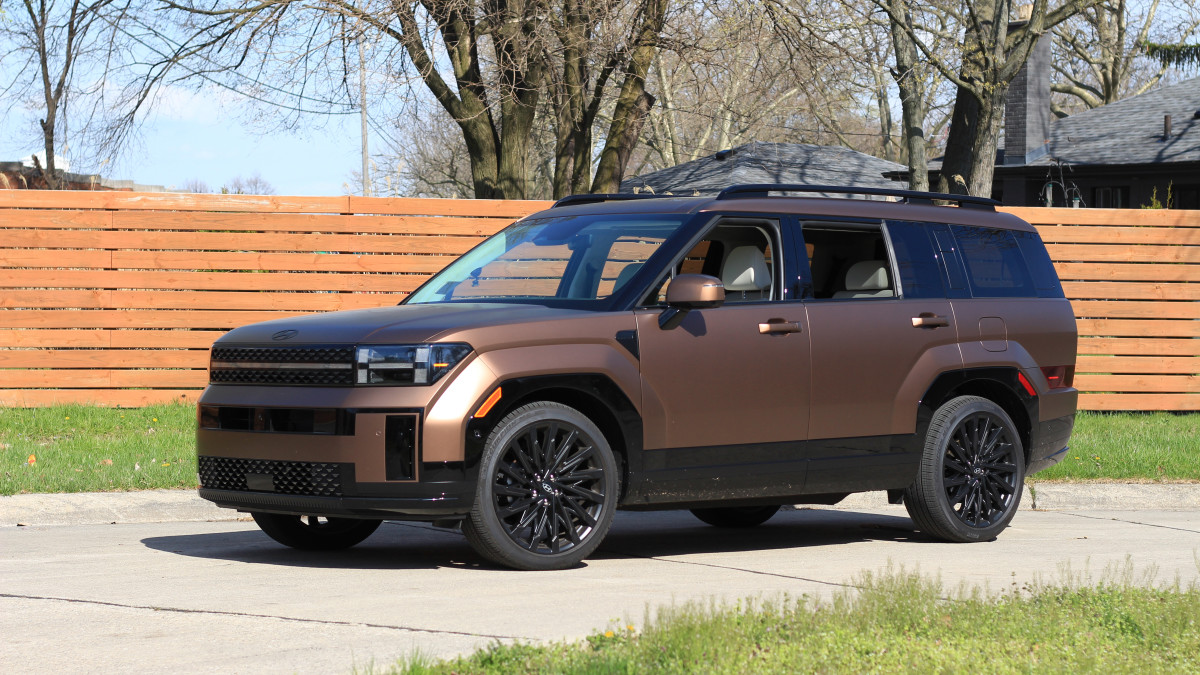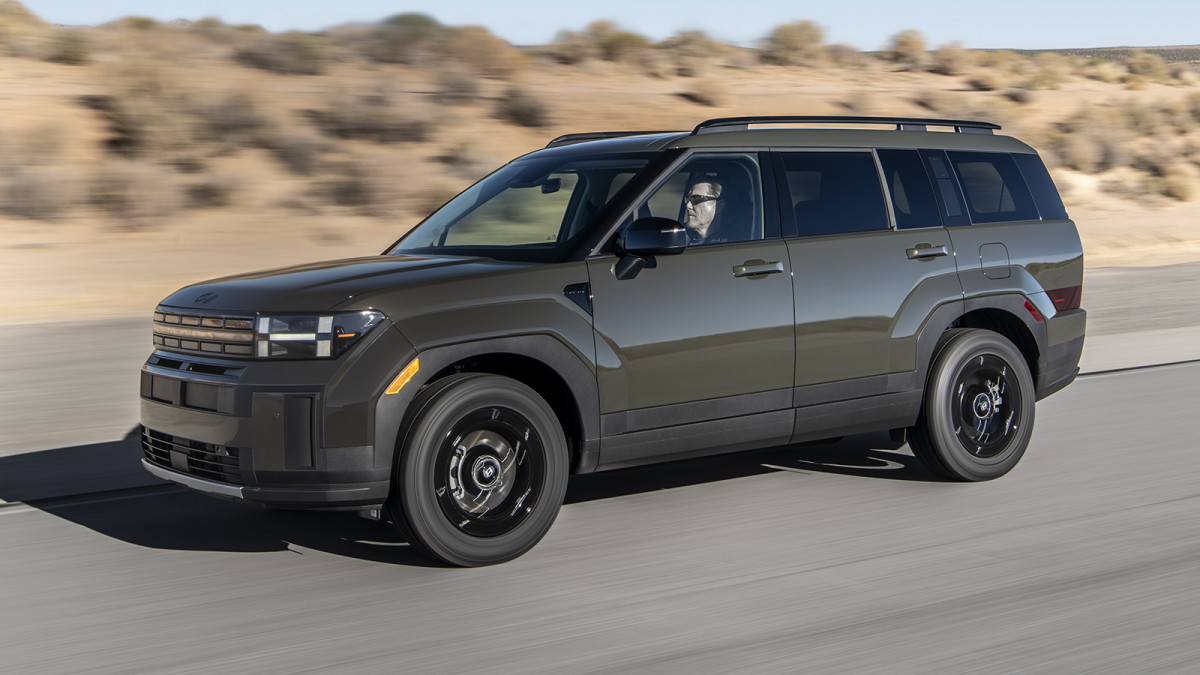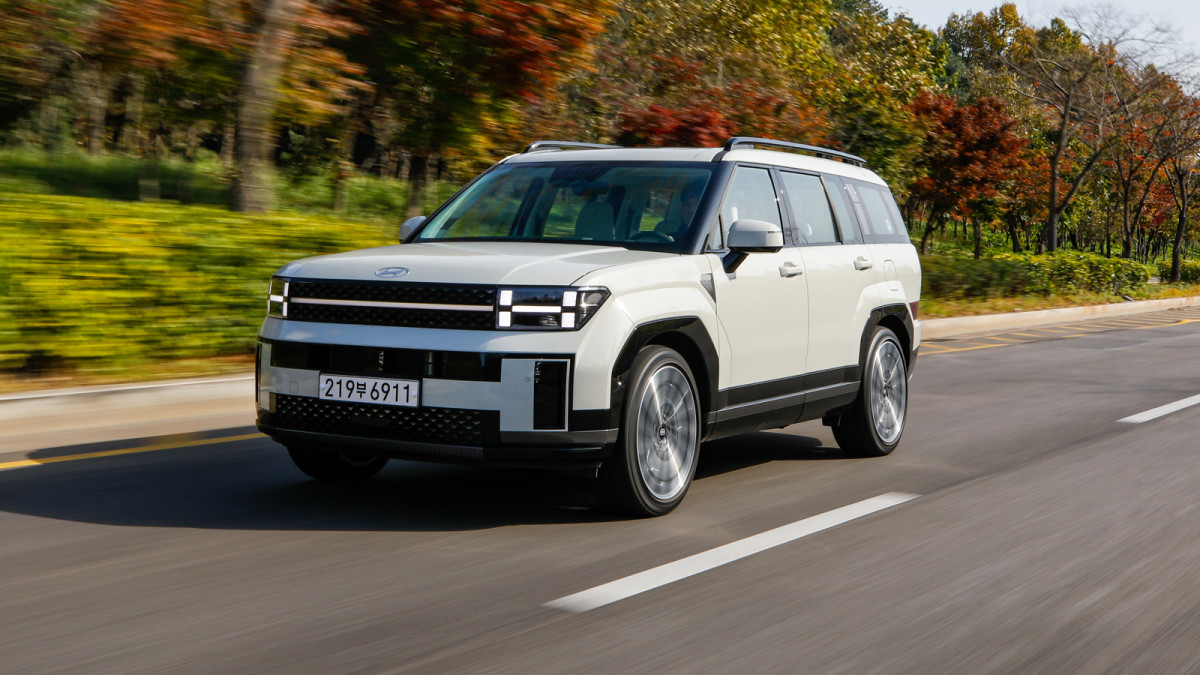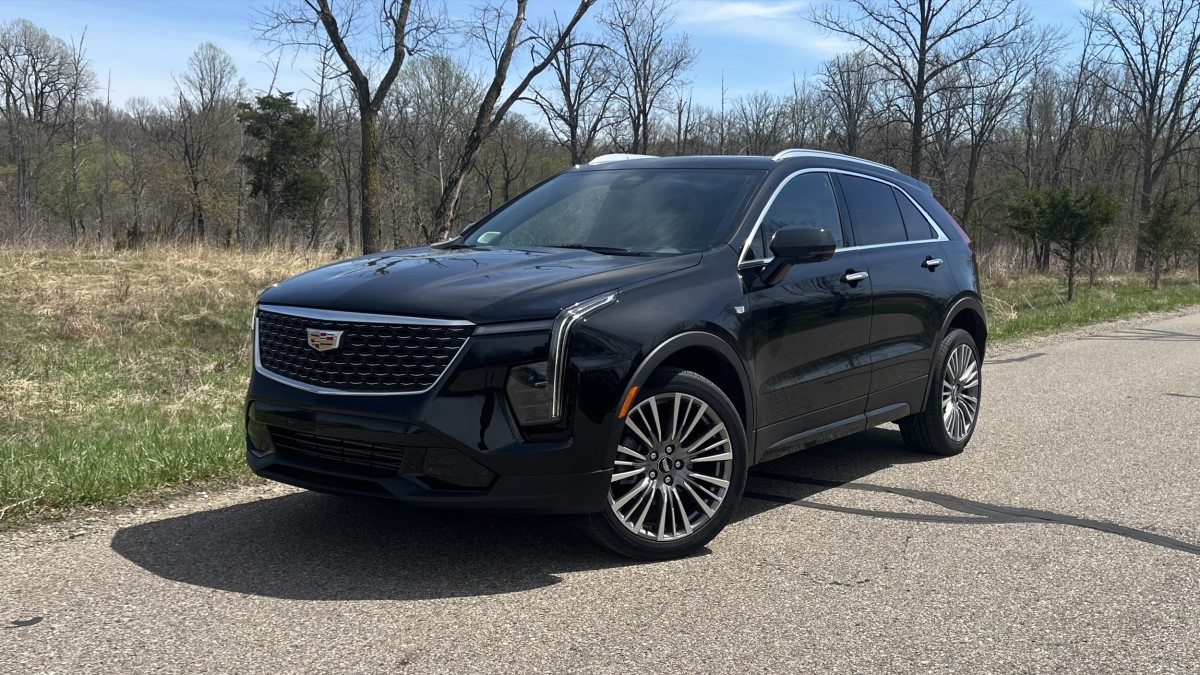
John Beltz Snyder

Cadillac
Pros: Good infotainment and safety tech; nice in-between size; roomy second row
Cons: Ho-hum interior design; lack of configuration variety; small cargo area
The 2025 Cadillac XT4 is a handsome small luxury crossover that lands somewhere between the subcompact and compact segments, providing ample passenger room while still offering good maneuverability and parking for tighter city settings. It mostly carries over from last year, which saw updated exterior looks and a new 33-inch curved LED screen inside. Overall, it’s a right-sized SUV for some, with handsome exterior looks, good rear legroom, quality tech and a fairly affordable price for the luxury segment.
That said, the interior is a bit uninspiring; despite that new screen and some interesting touches, it feels more like a Chevy inside than the more high-quality and detailed interiors of recent Cadillacs. That’s not surprising considering the XT4 is far along in its lifecycle, but it’s true nevertheless. Also, there are no engine options other than the 2.0-liter turbo-four, even if that engine is plenty potent for this small crossover.
While there is no longer the base Luxury trim for 2025, what’s left is probably where you’d want to start with a luxury vehicle. Even so, many features we’d consider essential to luxury — heated seats and steering wheel, wireless charger, premium audio, etc. — are still part of options packages in the upper trims. That gives you a little more freedom to pick and choose what you want to pay for, but much of that seems like it ought to be standard in a Cadillac.
Interior & Technology | Passenger & Cargo Space | Performance & Fuel Economy
What it's like to drive | Pricing & Trim Levels | Crash Ratings & Safety Features
What's new for 2025?
Cadillac has eliminated the base Luxury trim, making the Premium Luxury the entry-level XT4. The Active Safety Package is now standard on the remaining trims.



What are the XT4 interior and in-car technology like?
The XT4’s interior improved with a bit of a refresh for the 2024 model year, when it gained a curved 33-inch screen (like the one in the Cadillac Lyriq) across the top of the dash serving as infotainment screen on the right and a digital instrument panel in front of the driver. It runs the Lyriq's same interface with a configurable gauge cluster and Google Built-In services. We also like the physical toggles below a corresponding digital display strip for the HVAC controls lower on the center stack. Wireless Apple CarPlay and Android Auto are standard, and buyers can upgrade with a 14-speaker AKG Studio sound system.
Other than that, the interior isn’t exactly impressive, and perhaps a bit forgettable. There are the occasional design touches, like the patch of interesting stitching design on the dash, but there’s a lot of grainy plastic surface area throughout the cabin without much else to liven things up. At least the XT4 uses soft-touch materials in most of the places it’ll likely come into contact with your skin.
How big is the XT4?
The XT4 is an in-betweener kind of vehicle. It's about 6 inches longer and a few hundred pounds heavier than the smallest luxury crossovers, which include the Volvo XC40 and BMW X1. But it's a bit smaller than "compact" SUVs like the Audi Q5, Mercedes GLC and Acura RDX. The Lexus NX is probably the XT4's closest rival in terms of the exterior dimensions.
The interior is a different story, though, as the XT4's lengthy wheelbase helps grant it rear legroom that actually exceeds many of those SUVs that are larger on the outside. Now, differences in the way interior measurements are done by manufacturers can make such claims tenuous – the XT4 is no limo – but rear occupants should have more space than you'd expect. Unfortunately, the rear seatback is awfully upright and doesn't recline, so overall comfort could still be better.
Despite passenger space being indicative of the segment above, the XT4's cargo capacity is closer to the segment below. That's still OK, as its 22.5 cubic feet of space allowed us to stuff five suitcases into the cargo area. Its maximum cargo capacity of 48.9 cubic feet is very underwhelming, but is likely the result of a rather low roof and not having much "air space" in the cargo area above the back seat line. It's therefore not a great choice for carrying bulky items.
Video ID: 6d644b65-676f-352a-8c53-d4df6fb3a3f9
Playlist ID:
Autoplay: false
Mute: false
Continuous: false
Ad Key:
Ad Value:
What are the XT4’s fuel economy and performance specs?
Every 2025 XT4 comes with a 2.0-liter turbocharged inline-four that produces 235 horsepower and 258 pound-feet of torque. Published 0-60-mph times have been in the low 7-second range, whereas competitors both larger and smaller tend to be in the 6's.
A nine-speed automatic and front-wheel drive are standard, but all-wheel drive is an option on both trim levels. Unusually (for vehicles other than GM’s), the driver must choose to manually turn on the all-wheel-drive system in order for it to be active. Once it is engaged, however, it not only shunts power front and back, but side to side at the rear for improved handling and poor-weather traction.
The EPA hasn’t published 2025 fuel economy estimates as of this writing, but with no powertrain changes, we expect it to remain at 24 mpg city, 29 mpg highway and 26 mpg combined with front-wheel drive. They suffer just a but, at 23/28/25 mpg, with AWD.

What's the XT4 like to drive?
The XT4's turbo four-cylinder is perhaps a bit buzzy at start-up, but once underway impresses with its refinement and low-end torque. This is a high-tech engine, as we documented in our XT4 first drive, capable of achieving strong fuel economy and highway passing power. Acceleration should be more than sufficient for most, but know that rival SUVs are a bit quicker.
The throttle pedal that controls the engine could be better, however. It's too mushy and numb in the Tour drive mode, and then just a bit too caffeinated in Sport without an increase in pedal feel. This contrasts with the brake pedal, which has an ultra-firm initial bite that makes it hard to modulate. The steering is another misstep. Effort is inconsistent and unnatural in Tour mode, while Sport increases effort but remains numb. Neither offers anything akin to Cadillac's sharp-steering rear-wheel-drive sedans. At the same time, it doesn't provide a linear, nice-and-easy experience of old-time Cadillacs, either.
The ride, however, is a perfect compromise. Continuously-variable damping is available on Sport models, and we found that it capably sops up nasty bumps. Happily, the standard conventional dampers are well calibrated as well. Both suspensions result in a ride that's comfortable while still maintaining body control and not negating what is otherwise sound handling. Really, the XT4 could be excellent to drive, but it's betrayed by its various control inputs.
What other Cadillac XT4 reviews can I read?
2020 Cadillac XT4 Sport Drivers' Notes Review
Our editors take turns in the XT4 Sport. As is usual for Cadillac, opinions were mixed.

2019 Cadillac XT4 First Drive Review | Fashionably late
Our first drive of the XT4, including in-depth information about its engineering and design.

2019 Cadillac XT4 vs 2020 Lincoln Corsair: How they compare on paper
We compare the dimensions, engine specs and photos of the Cadillac XT4 with its fellow American small SUV: the new Lincoln Corsair.

What is the 2025 XT4 price?
As of this writing, the 2025 model isn’t available to configure on Cadillac’s website, but an early order guide puts the MSRP at $41,990 for the Premium Luxury trim and $42,790 for the Sport. All-wheel drive will likely remain a $2,500 option.
With the discontinuation of the base Luxury trim for 2025, the new entry-level XT4 comes fairly well equipped. Standard equipment includes 18-inch wheels, LED lighting, leather seats with perforated inserts, 33-inch LED display with Google Built-In, wireless Apple CarPlay and Android Auto, power liftgate and the Active Safety Package with adaptive cruise control (more below in the safety section). The Sport trim has different aesthetic touches, but most of the same standard equipment. Optional equipment includes heated and ventilated front seats, power lumbar massage, heated steering wheel, heated rear outboard seats, wireless phone charger, digital rear-view camera mirror
What are the XT4’s safety ratings and driver assistance features?
The 2025 XT4 comes with the standard Active Safety Package, which includes adaptive cruise control, speed limit assist, lane keep assist with lane departure warning, traffic sign recognition, surround-view parking camera, rear pedestrian alert, side bicyclist alert and forward and reverse automatic emergency braking.
The IIHS hasn’t updated its scores for 2025 yet, but the 2024 XT4 earned its best overall “Good” rating for the front moderate overlap and side crash tests. NHTSA hasn’t rated the 2025 XT4, and didn’t rate the 2024 model, but it gave the 2023 XT4 its best score of five stars for overall safety, with four stars for frontal crash test, five stars for side crash test and four stars for its rollover test.

